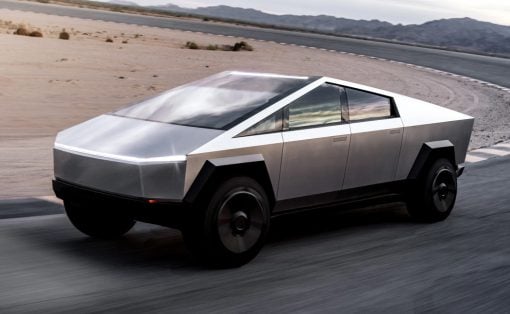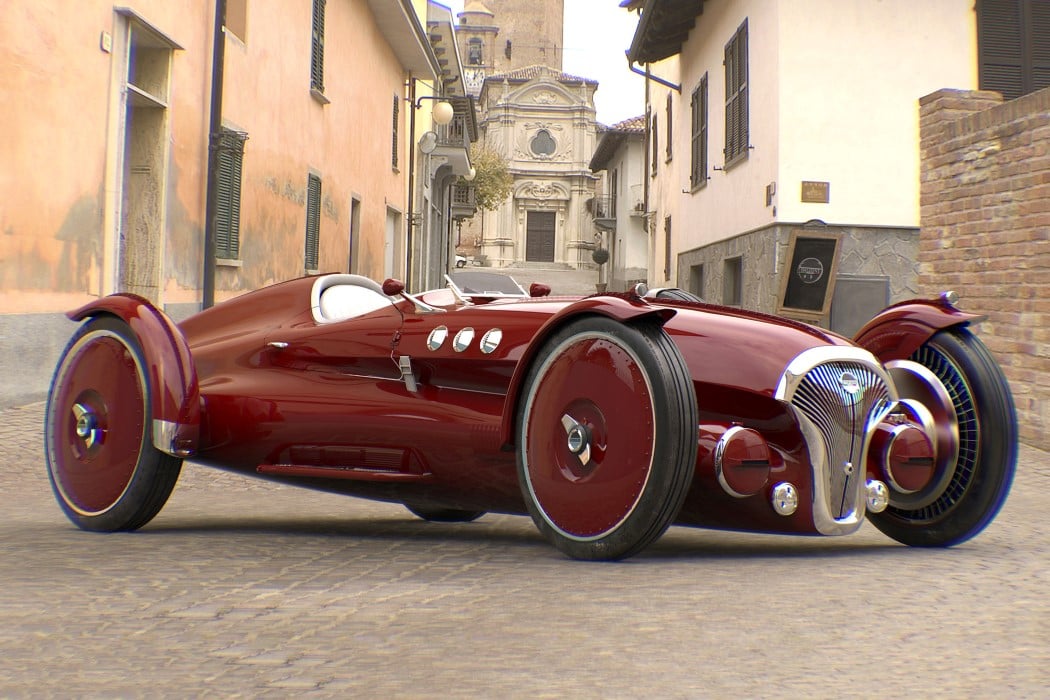
Whether it’s Formula 1 or Fast & Furious, fast cars seem to have a captivating hold on a lot of people. There’s something about that level of speed and high performance that gives most Automotive lovers an intense kick! And when you set these majestic beasts against one another, the competition is unparalleled and nail-biting. And racecars are in a league of their own! Not only must they display mind-blowing speed, but safety must a forefront priority while designing them. Their safety features must be top-notch, providing foolproof protection to the driver. And not to forget, sleek and dashing good looks are a primary requirement as well. We’ve managed to curate a collection of racecars that meet all these criteria. Innovative, futuristic, and with the capability to satisfy the need for speed, these racecar designs will have you drooling!
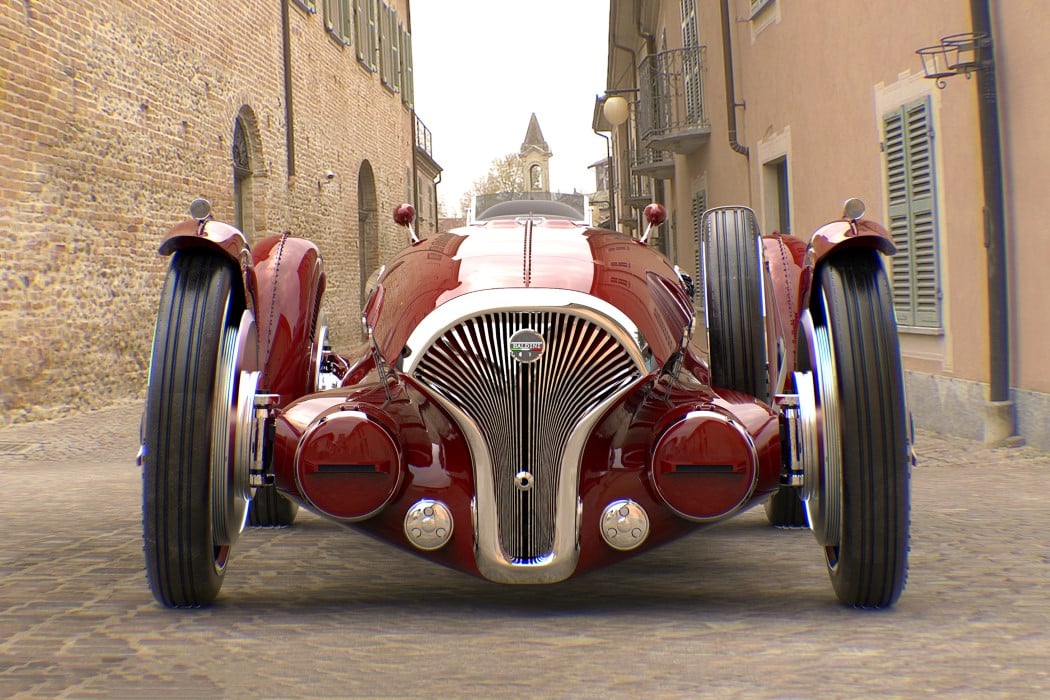
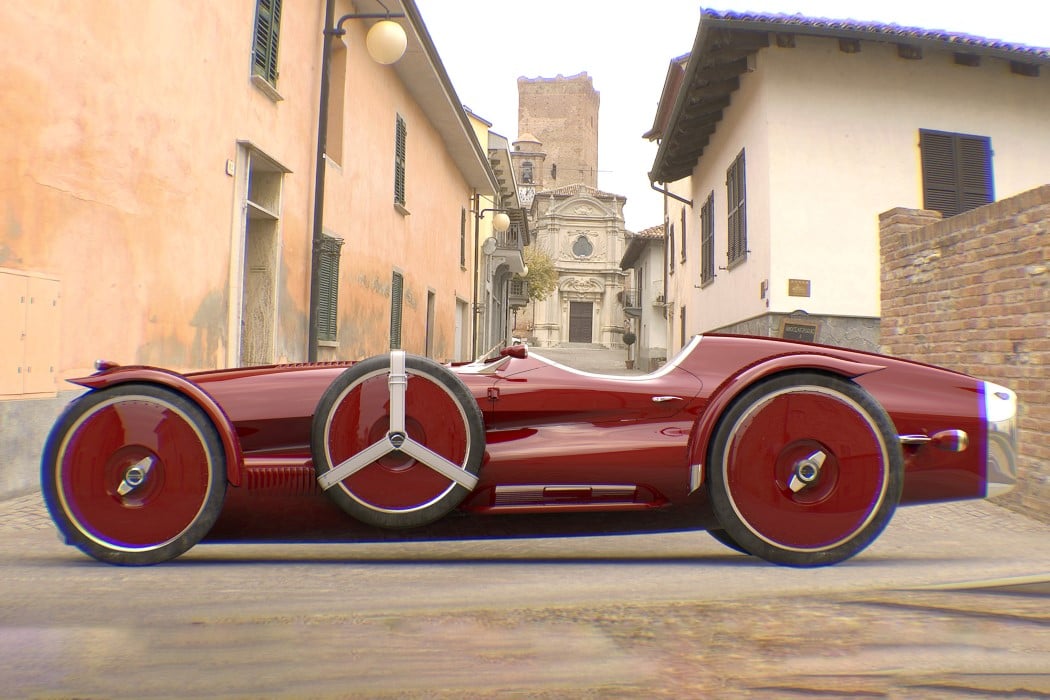
Designed specifically for racing, the Helvezzia Tipo-6 seats just one person with a pretty advanced looking dashboard featuring a steering wheel with gauges and switches, and a secondary set of gauges behind the steering. The car comes with a nice, tubular body, an open cockpit, and wheels that pop out of the bodywork, with hubcaps covering the rims entirely. There’s even a step knee located to the left of the driver, headlamps with their own covers too, and by far my favorite detail, that ridiculously beautiful chrome grille on the front, added purely for vanity purposes because an EV wouldn’t really need a radiator. Finally, the Helvezzia Tipo-6 caps off with a chrome rear, giving the entire car quite a unique retro-meets-modern vibe from front to back!
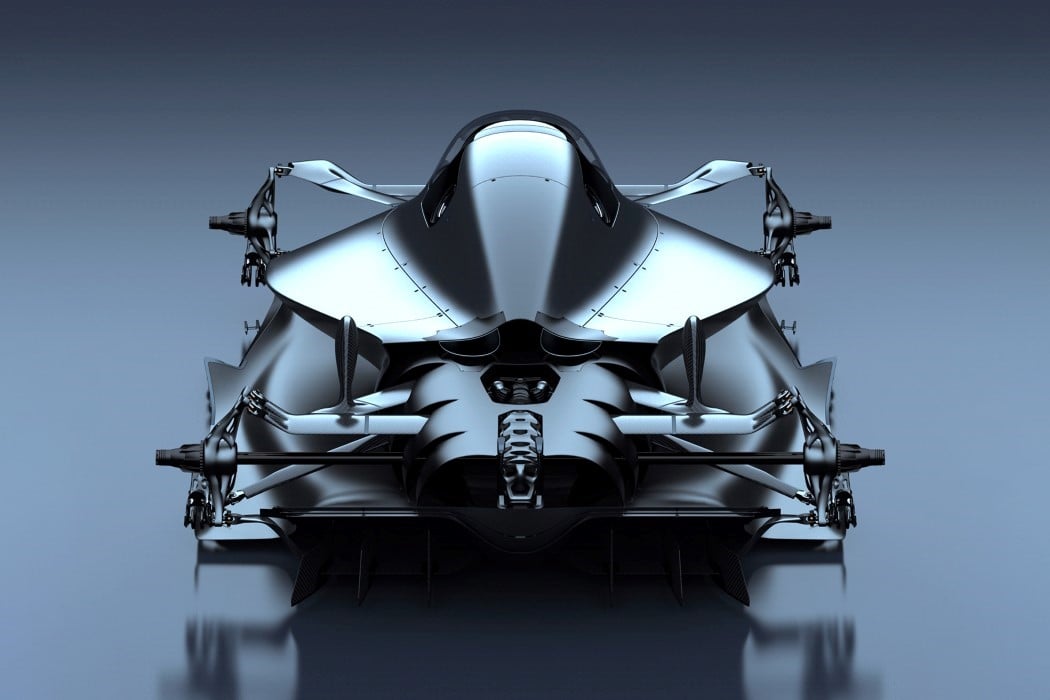
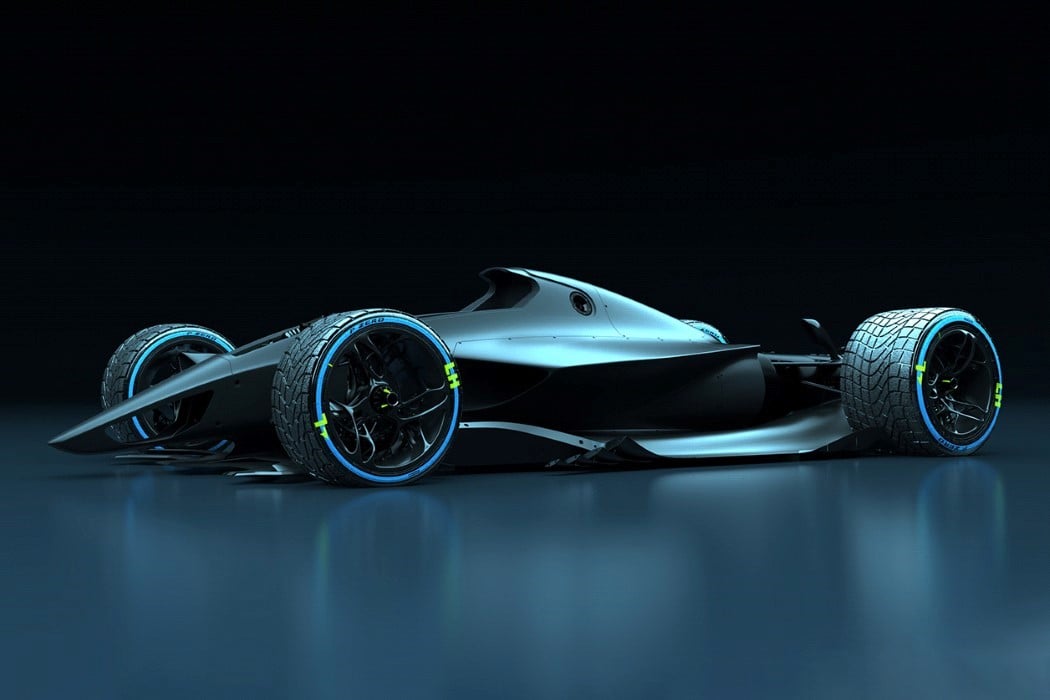
What’s the difference between an F1 car and a fighter jet? One of them has weapons. Essentially, both vehicles are powered by incredibly capable and efficient engines, both focus on pure speed, aero dynamism, and minimal air-drag, resulting in forms that somewhat look similar… barring the presence of wheels on one, and wings on another. Andries van Overbeeke decided to bridge that gap a bit with his F1 car design that sports an almost jet-inspired outer form, with an elongated nose that cuts through the air like a hot knife through butter, and a closed cockpit that doesn’t just resemble jet, it also complies with future F1 norms. The car makes use of high-performance metal alloys, with carbon fiber in limited places. Most load-bearing stress-absorbing components are generatively designed, to minimize mass while maximizing performance, and by far the most interesting detail is the car’s nose, which comes with a unique hollow drill-shaped air intake that guides air into the car to keep it cool while it drives literally at breakneck speeds!
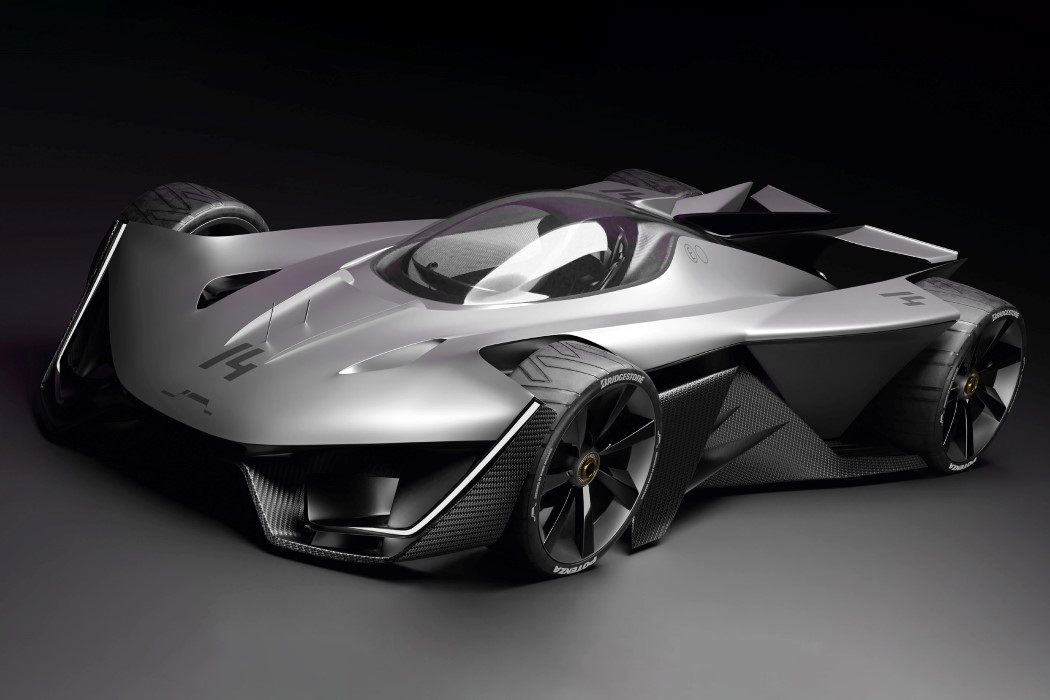
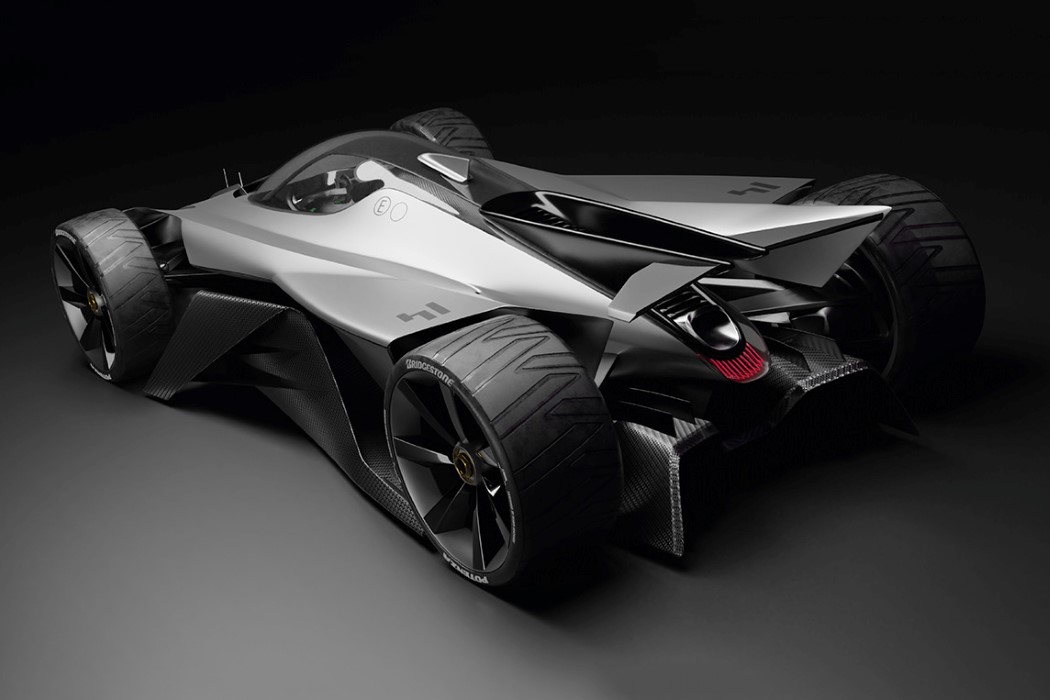
The LMF1 (a portmanteau of LM and F1) just like its name, is a fusion of styles and technology. Inspired by Formula 1 and endurance prototypes, the LMF1 sports a lightweight, aerodynamic, low-hung design with a closed-cockpit. Modeled after most Le Mans prototypes, the car measures nearly 433 centimeters long, making it shorter than the conventional F1 car, but just as capable. Carbon-fiber paneling makes the car lightweight and sturdy and helps use air to its advantage, creating just the right amount of downforce needed to give the car speed and control on the track. The air even helps cool the car’s insides, which features a hybrid turbo-engine for maximized range. A 1.6L turbo-engine helps generate electricity, which gets stored in the car’s batteries, supplying the electromotor with an extra surge of power. The car comes with a rear-wheel drive, and according to Mazánek’s calculations, tops off at 1000hp.
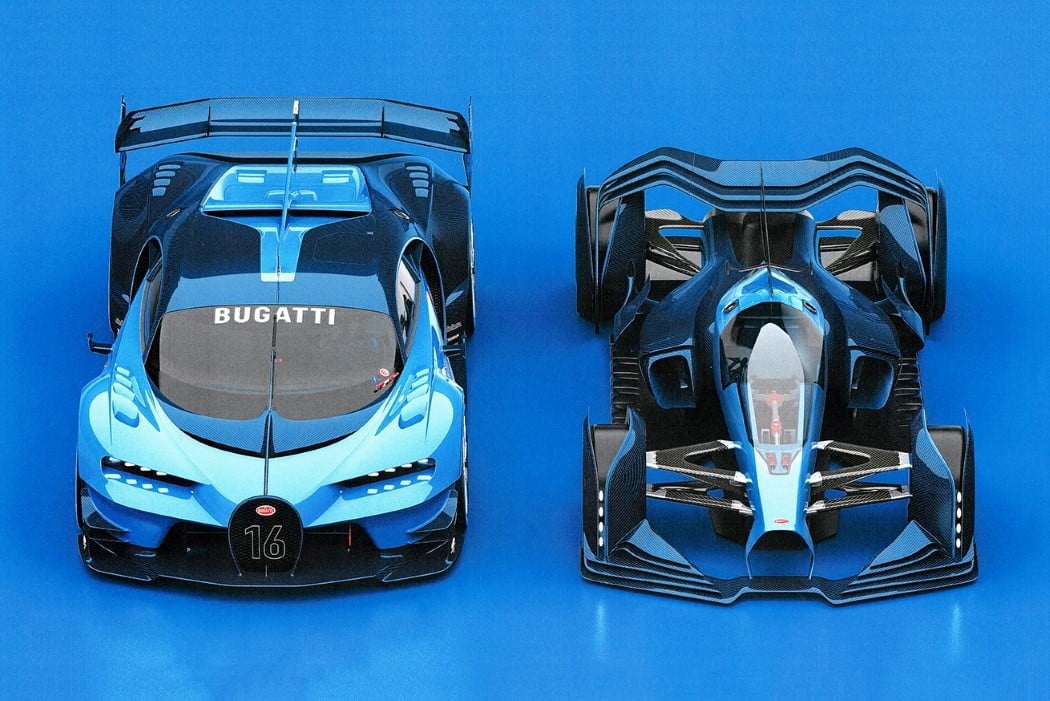
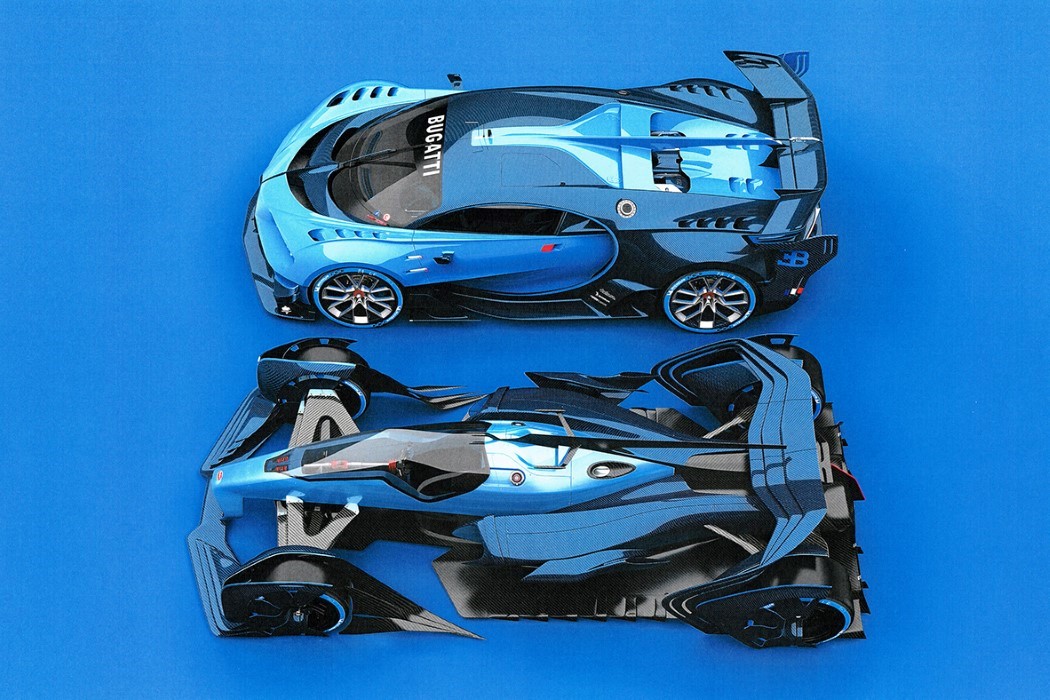
The Bugatti Type 35 revival is a great example of two things – A designer’s ability to push boundaries and create concepts that capture their passions, and those concepts sometimes being powerful enough to actually pave the way forward for something bigger. Little did Andreis van Overbeeke know that his desire to see Bugatti compete in the Formula 1 series would result in him landing an internship at his dream company. The desire to actually see a Bugatti-branded F1 car pushed Andries to create a concept that he published on Reddit. The images ran their course, reaching Bugatti’s execs, who then went on to invite van Overbeeke to their headquarters in Molsheim, France, for an internship… resulting in a much more fleshed out concept car with the Type 35 revival. The image above shows the Type 35 revival in its glorious avatar standing right beside Bugatti’s own Vision GT vehicle – its spiritual predecessor.
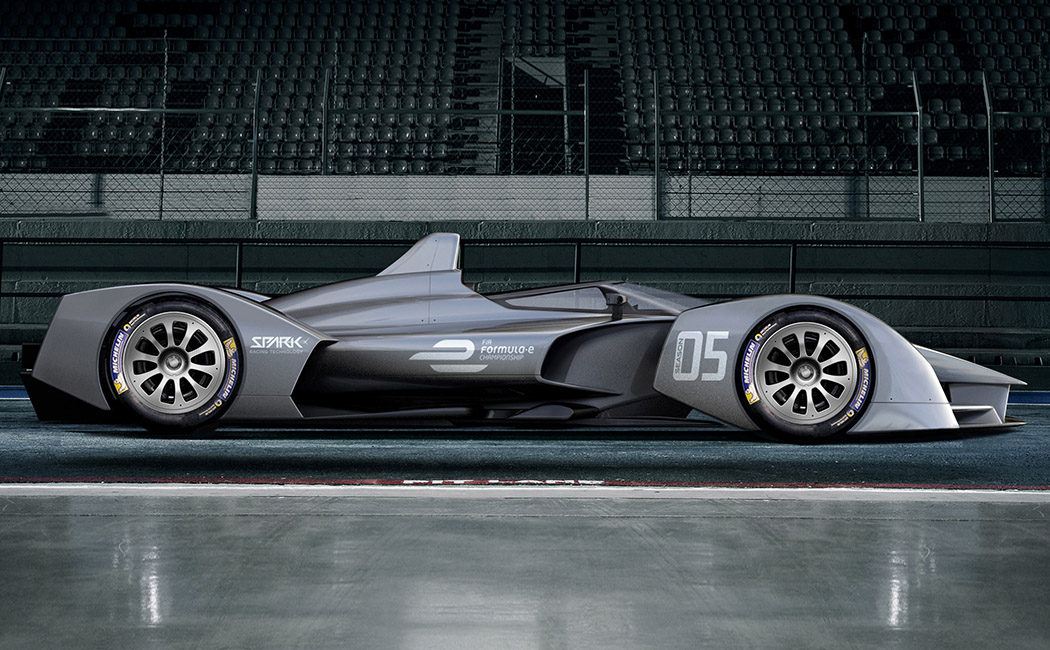
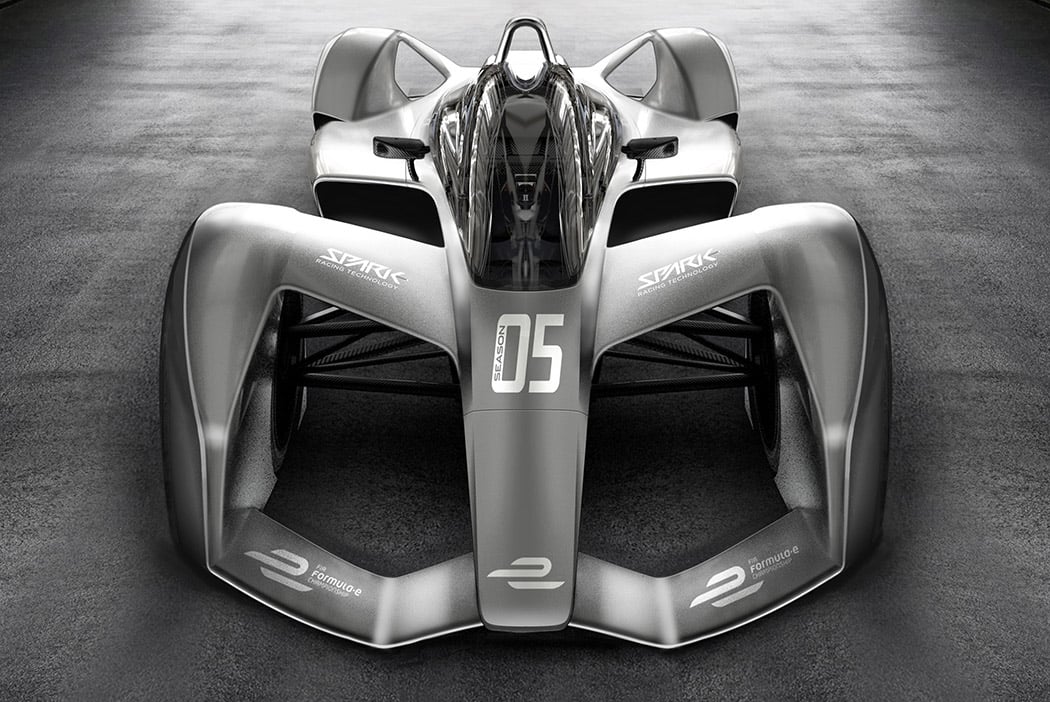
If you weren’t amped on Formula E before, take a look at these concept images of what the cars could look like and you just might be! They’re from Spark Racing Technologies – the company chosen by the FIA for building the second-generation Formula E cars. Sparks says their wicked-looking green racer promises improved aerodynamics, weight reduction, and more efficient battery use than the current cars. Of course, this all equates to more speed which calls for enhanced driver safety. A few images even show an enclosed shield-style cockpit. With or without, this thing is outrageous!
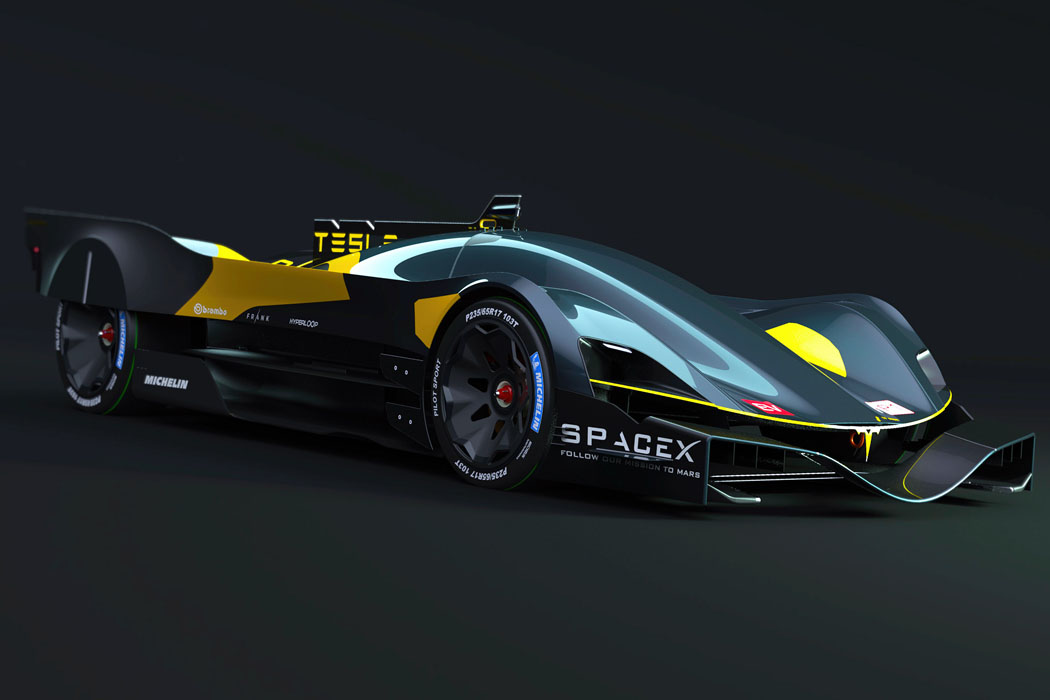
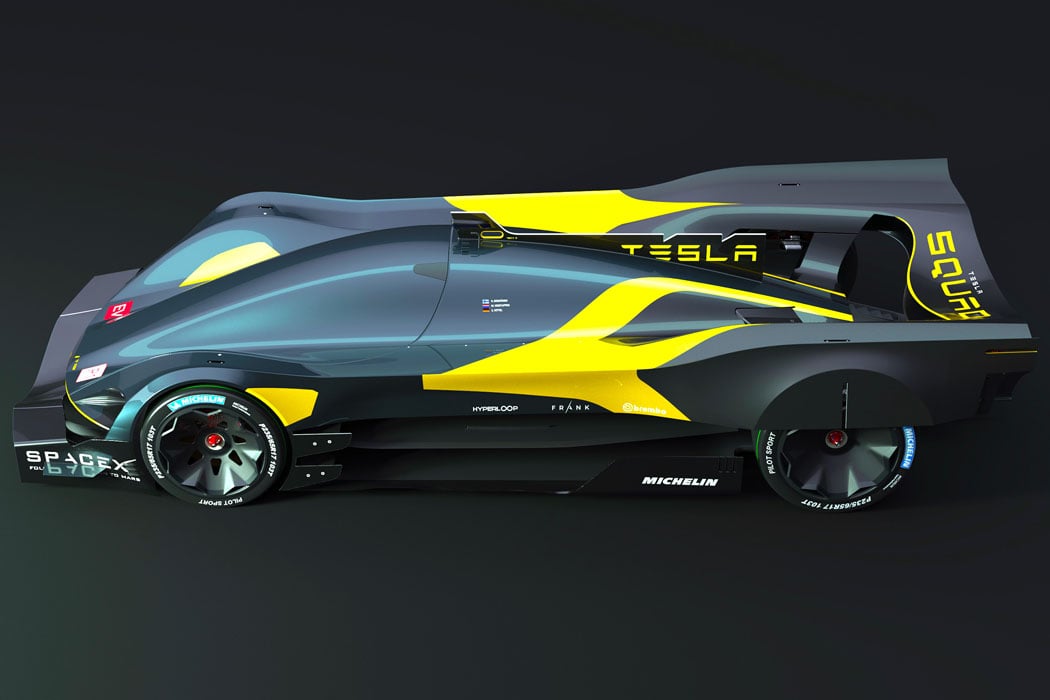
The Tesla Squad envisioned by Fabian Breës is a logical assumption of a racing division that is made possible by the battery evolution of the company giving rise to hypercars that battle it out on technologically advanced circuits. Yes, a future where the charging batteries will be laid down the pit lane and certain parts of the track – just like the DRS zones in F1 racing. This will give the drivers the option to juice up their hypercar’s battery while fighting for position on the track – bringing in a new level of strategic decision making to the live race. The cars have lithium-ion batteries rigged to the floor that get charged wirelessly from the induction charging hardware installed underneath the asphalt. Keeping in tune with the future of racing, the airless tires are 3D printed – filled with a porous material to provide cushion from the extreme pressure on the tire walls at high speeds. Interestingly the heat generated from the friction of the tires and the brakes are used to charge the racing cars.
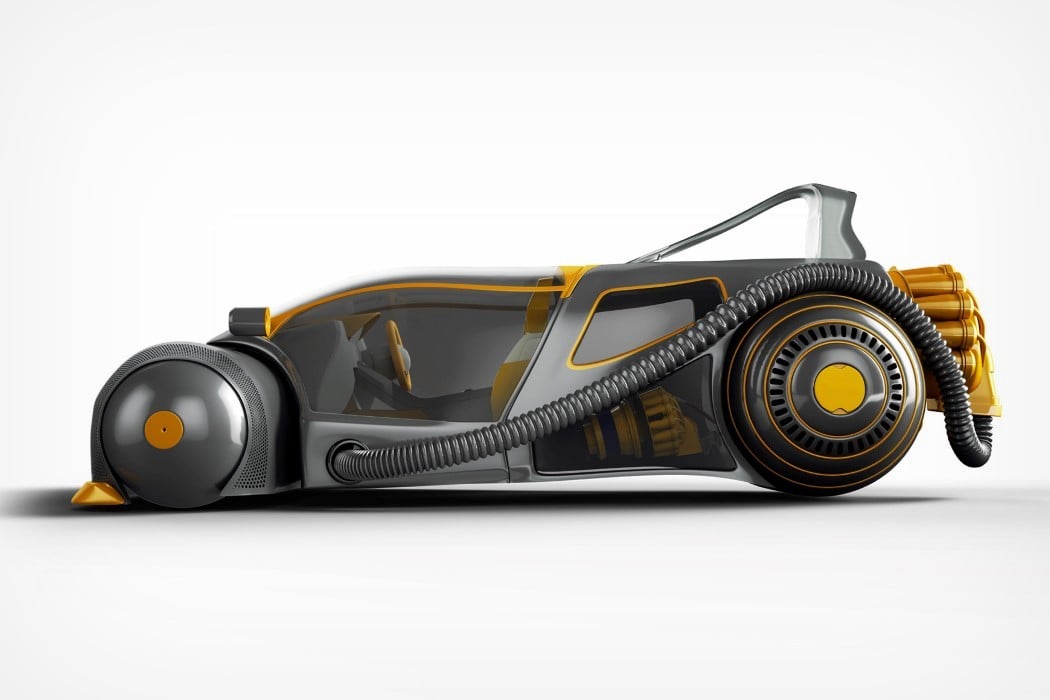
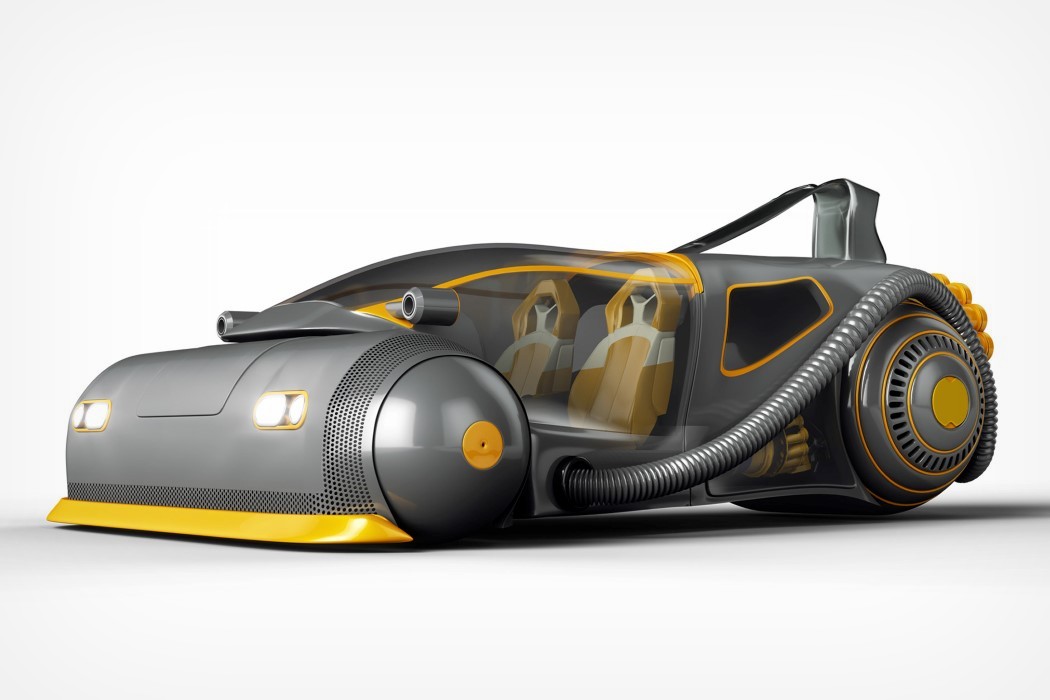
Let me present to you the Dyson EV, by Graham Hutchings. Designed as a fun exercise, Hutchings took Dyson’s brand and products and rather than using them as inspiration, turned them into building blocks. What you’re seeing is an EV that was literally put together as a 3D collage of Dyson’s famous products, all of which are pretty distinguishable if you take a closer look! The car comes with wheels that borrow directly from Dyson’s ball vacuum, as well as a multi-cylinder rear exhaust that’s a standard element in Dyson’s vacuum line too. Move over to the front and the car comes with an engine-cooling air-intake inspired by Dyson’s Airblade hand-blower, and if you look at its headlights with a keen eye, you may just see the iconic shapes of the Bladeless fan too. The car employs Dyson’s signature color combinations too, and my favorite detail on the vehicle by far has to be those Supersonic hair-dryer-inspired rear-view mirrors!
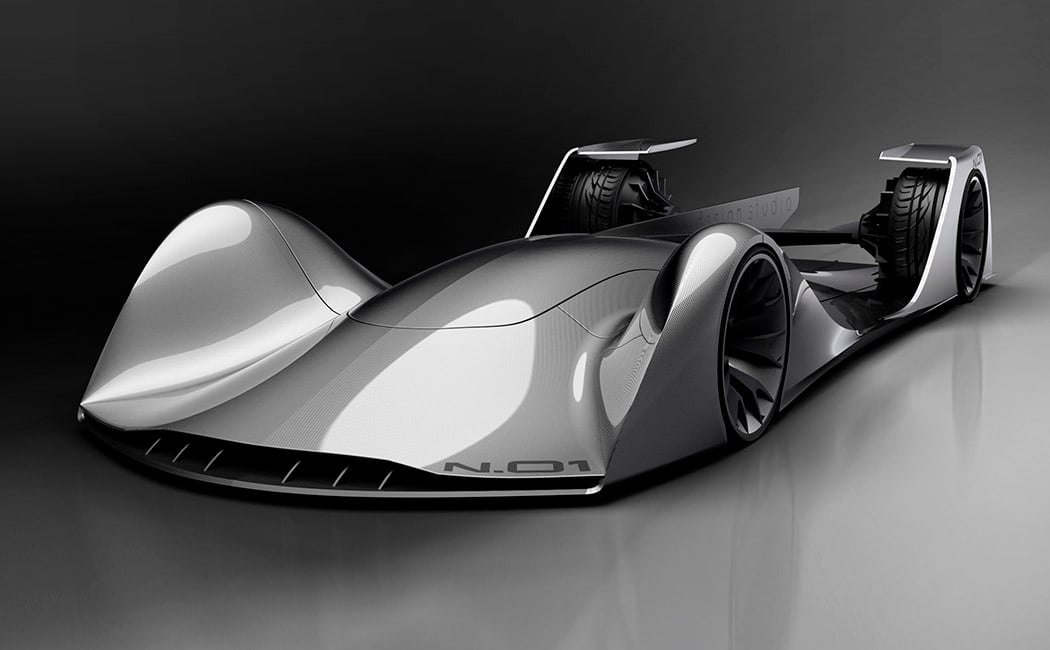
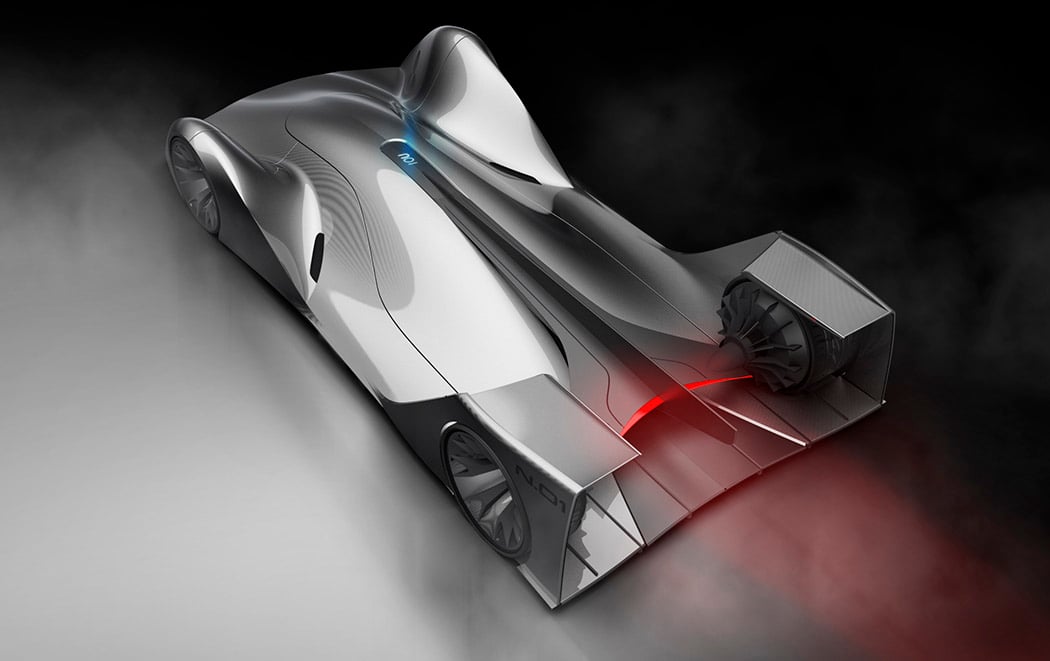
At first thought, the idea of an autonomous race car seems like a hard sell. However, that all changes when you see what the cars could look like by ditching the driver! N.01 is one such concept designed for the Roborace world. Created as a vision for the future of the autonomous racecar, its iconic form is somehow aggressive and minimalistic at once. The fact that that this autonomous vehicle lacks a pilot provided the freedom to play with shapes and the automotive architecture. Marked by an extremely low profile, its in-wheel electric motors enhance this slim aesthetic without compromising power.
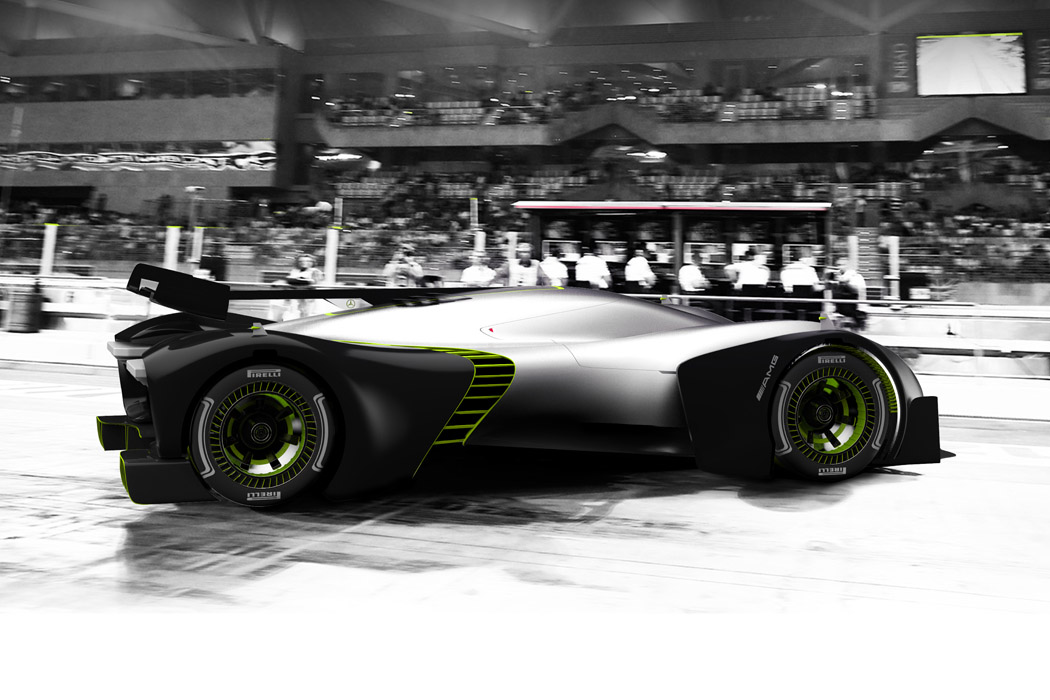
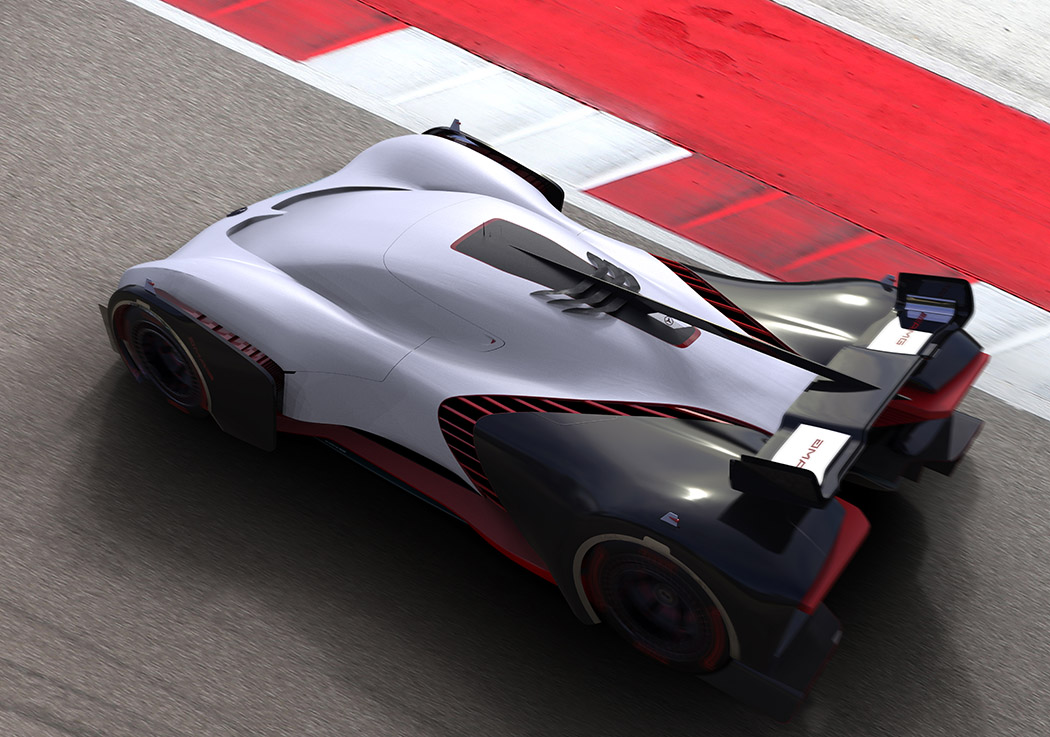
What do you get when you combine Formula 1 and rally racing? An F1 that isn’t afraid to get down-n-dirty! That’s the idea behind the Mercedes-Benz DynamicRacer 2030. It’s designed to tackle not only the blacktop but also the tough terrain of this unpredictable race. While the car is running on the F1 track, the car is in a low-slung, elongated position. When changing to the rally track, it transforms into a smaller car with higher ground clearance, a tighter wheelbase, and a smaller wheel-track.
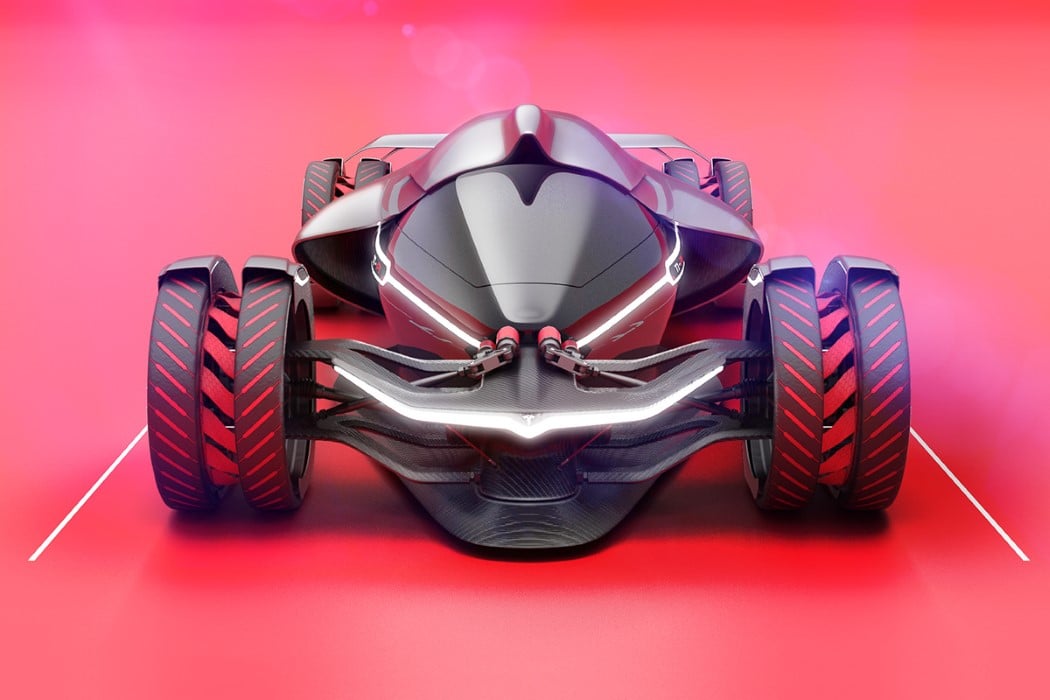
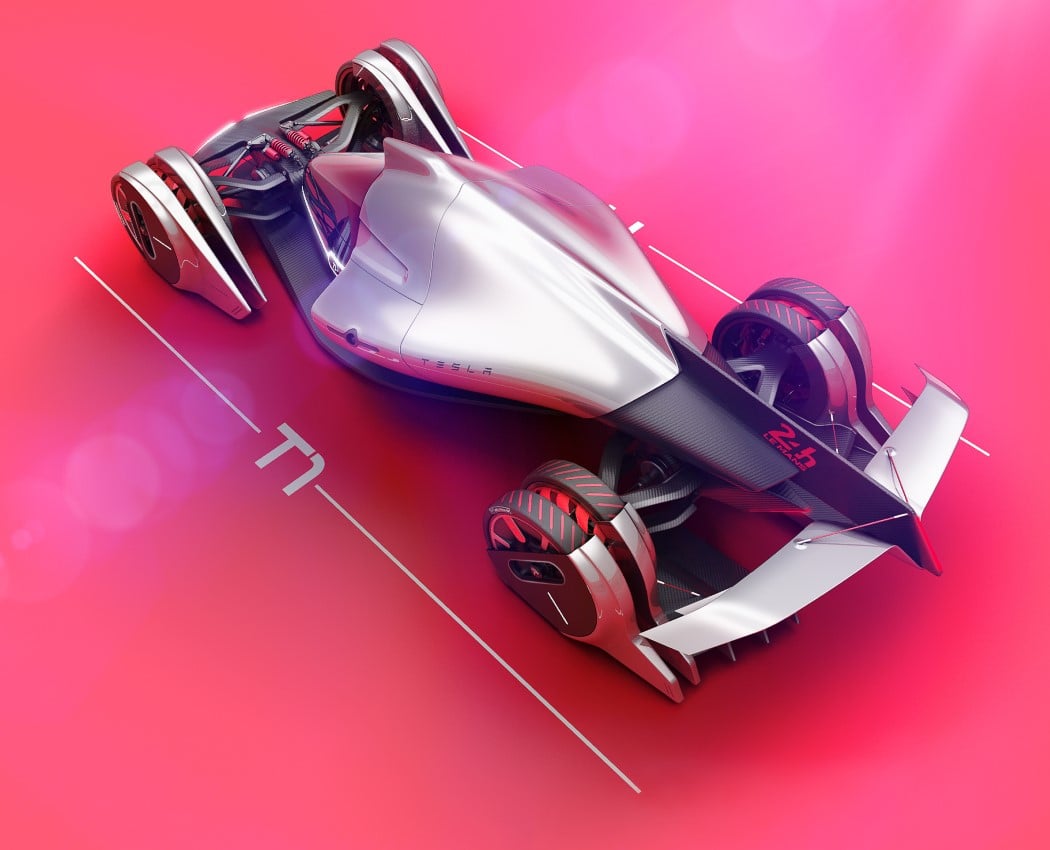
Originally designed for the Michelin Design Challenge, the Tesla T1 is a conceptual Le Mans racecar with an electric drivetrain powered – in part – by the wind hitting against your vehicle when you drive at high speeds. The car comes with specially designed wheels that have independently rotating turbines in them that begin to generate power to the four individual drivetrains, along with a massive turbine right behind the driver that rotates more the faster you drive, generating power for the car. It’s an incredibly ambitious concept, but so was landing all three boosters of the Falcon 9, digging a tunnel under the ground to circumvent traffic, and creating a brain-to-machine interface… in short, nothing’s quite impossible for Mr. Musk. You’d probably wonder that those turbines would need to create sufficient drag to rotate fast, and you’d be right, but the car would probably more than makeup for that by giving it the range it needs to complete the 24 hour Le Mans race.




